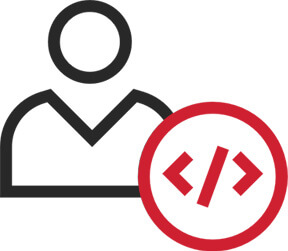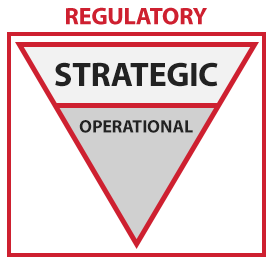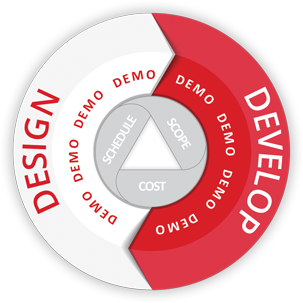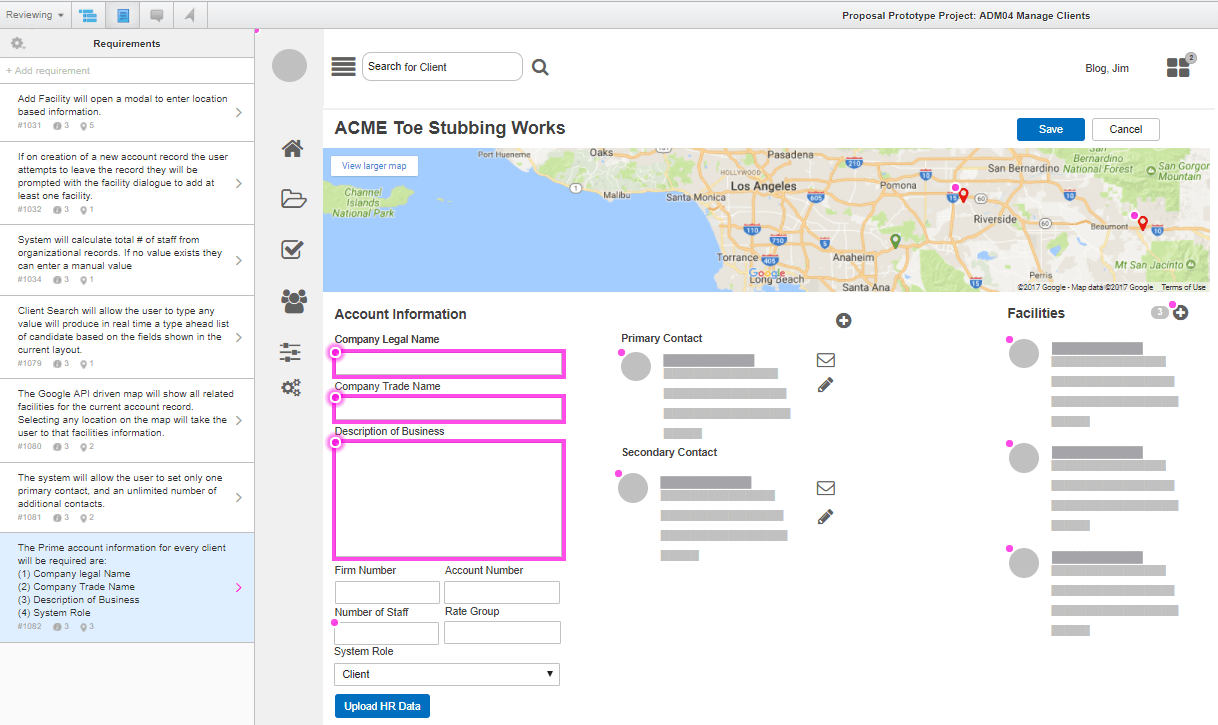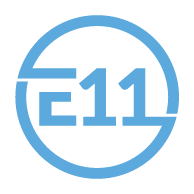During my 20 years in the business of learning and competency development, I’ve experienced a pattern that continues to plague organizations – confusing tools with strategy and process.
A good example of this can be found in performance management. Organizations focus all their energy on the tools and ignore the process, therefore the system has always failed. As the old saying goes, if I give you a hammer, everything looks like a nail. Developing an organizational mindset with a focus on behaviors necessary to ensure that the crystallization of the behaviors that will support the change you are looking for.
In the business of learning, organizations typically go directly to purchasing content or tools that will support the content – Learning Management Systems (LMS). Let’s remember if you buy a racing car that doesn’t make you a racing car driver. It just makes you someone with a racing car. If your goal is to build organizational competence, you need to understand how to bring that change about.
It isn’t easy. There are a series of questions you must ask yourself, here are some examples:
- What does it mean to be a learning organization?
- What are the benefits?
- What are the challenges?
- How does this align with our Mission, Vision, and Values?
- What are the desired outcomes?
- Who will champion this change?
- How will this impact our goals?
- What type of investment is involved?
- How will this impact our culture?
- How will this impact our ability to attract talent?
- What behaviors are we trying to change?
As you can see, the list of questions will be very long and there’s a good reason. The average investment for a LMS today is around $100K, not including the learning content you would purchase or the overhead expense for managing the process. Take that and then factor in learning engagement trends, (30-40% of the organization), you’ll start to understand that this can easily be an expense instead of an investment.
Most organizations don’t realize the pre-work that proceeds getting ready to become a learning organization and they simply fail. Learning in North America is more of an expense than an investment. Billions of dollars are spent every year yet its rare for someone to articulate what happened or changed that impacted that expense that made it worthwhile. Part of this failure must do the lack of understanding of the model of learning evaluation (See Jack Phillips or Donald Kirkpatrick). Organizations should be developing Level 3 type evaluations to measure behavioral change. It isn’t difficult, but most don’t understand how.
The other challenge is the perspective you must take when it comes to learning as a support function should engage with internal customers. Most learning departments use a push strategy, trying to force their customers to engage in learning – this never works. You need to have the mindset that you are a vendor with a solution that can help your internal customers and the currency you are dealing with is time. How do you get your customers to invest their time in your solution? You must market your solution and you need testimonials from internal customers to encourage other customers to engage in your solution. This is a completely different mindset, but it works well. I’ve been doing it for 18 years.
The other two critical components that are always missing are the Communication and Change Management strategies. How many times have you observed your organization’s leadership announce a change without doing any ground work and then watched that change fail. People went back to work doing the same things they were doing before you told them what was going to change. We tend to forget the dangers in not explaining the Why’s of what we want to do and how that will positively impact the employee first, not the organization.
The other value of change management and communication is to get buy in. Remember, you want the leaders of the organization to drive the process and change, not the learning department.
John Prpich, Learning Protagonist
TalentBlueprint


